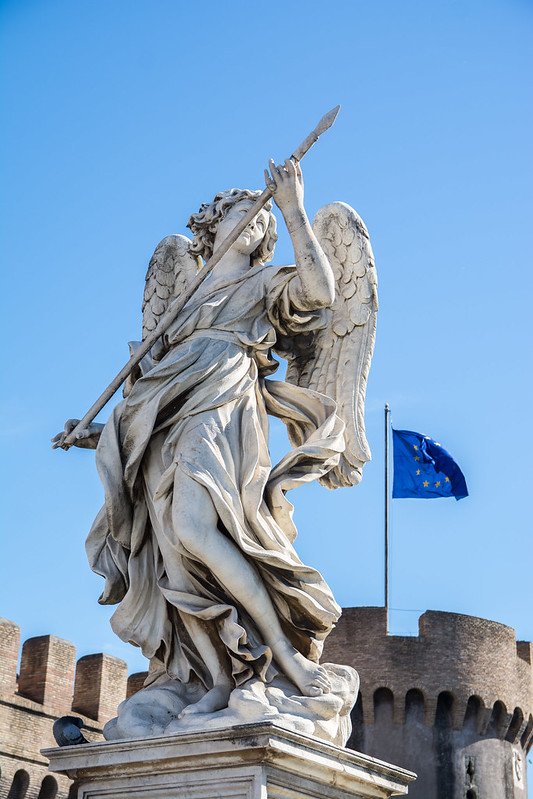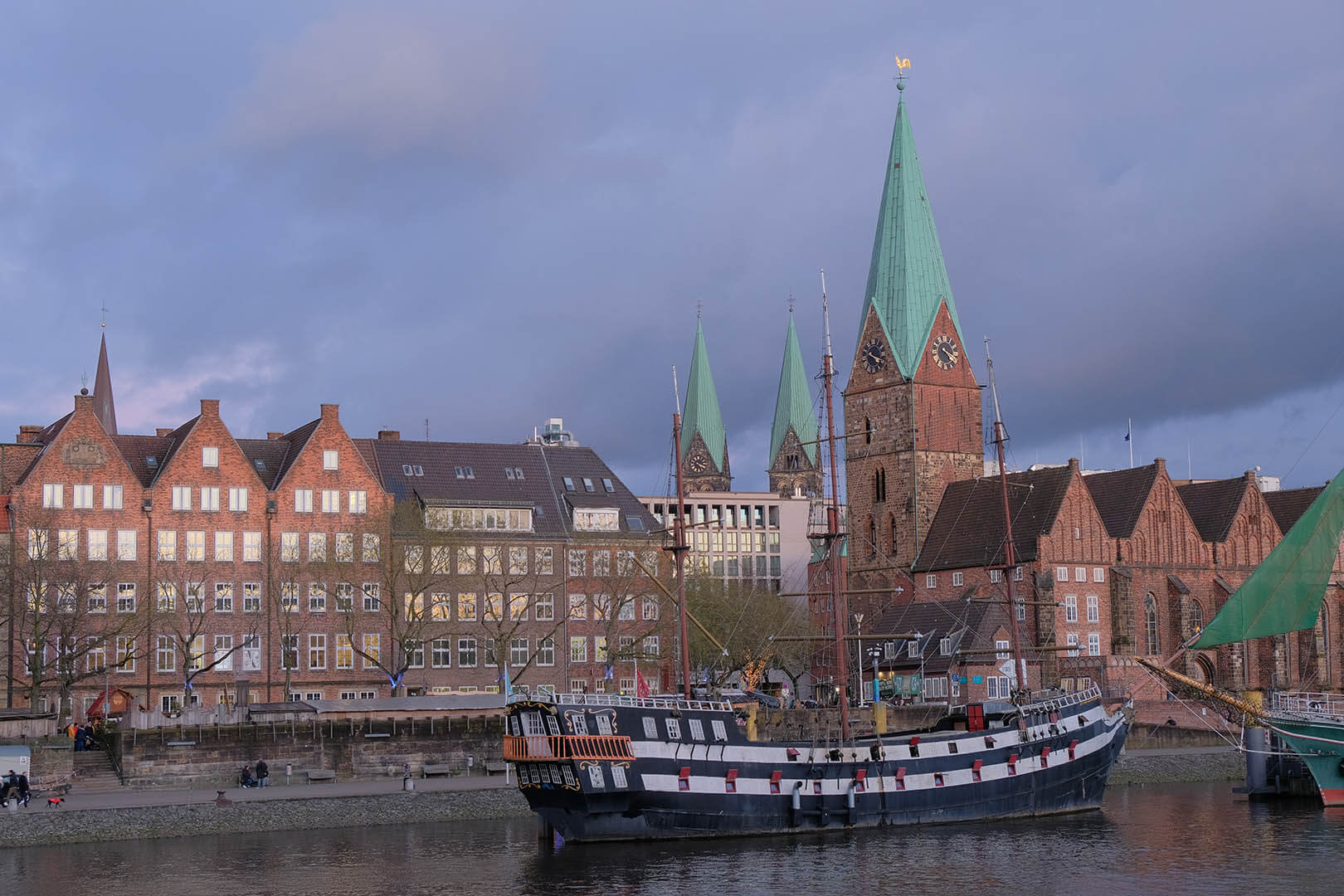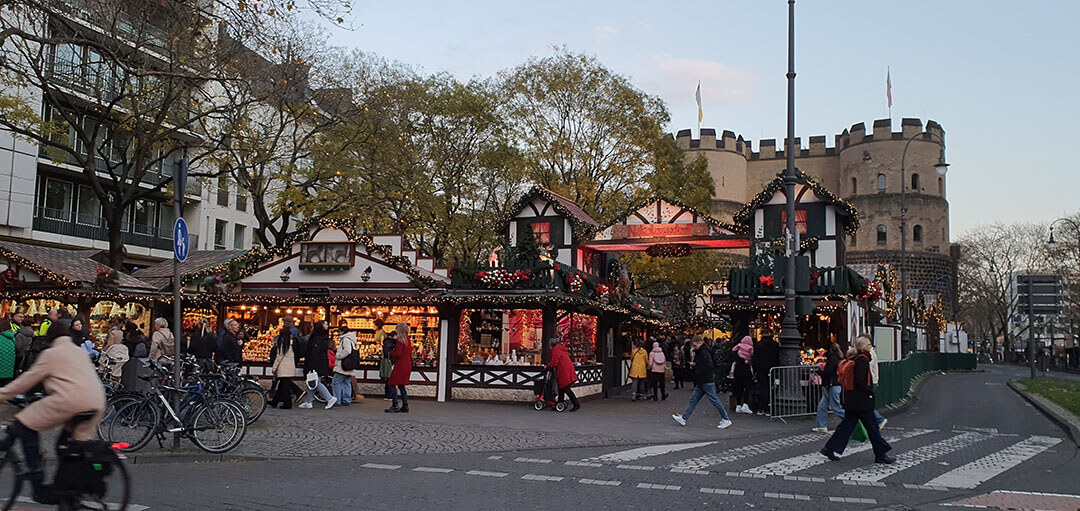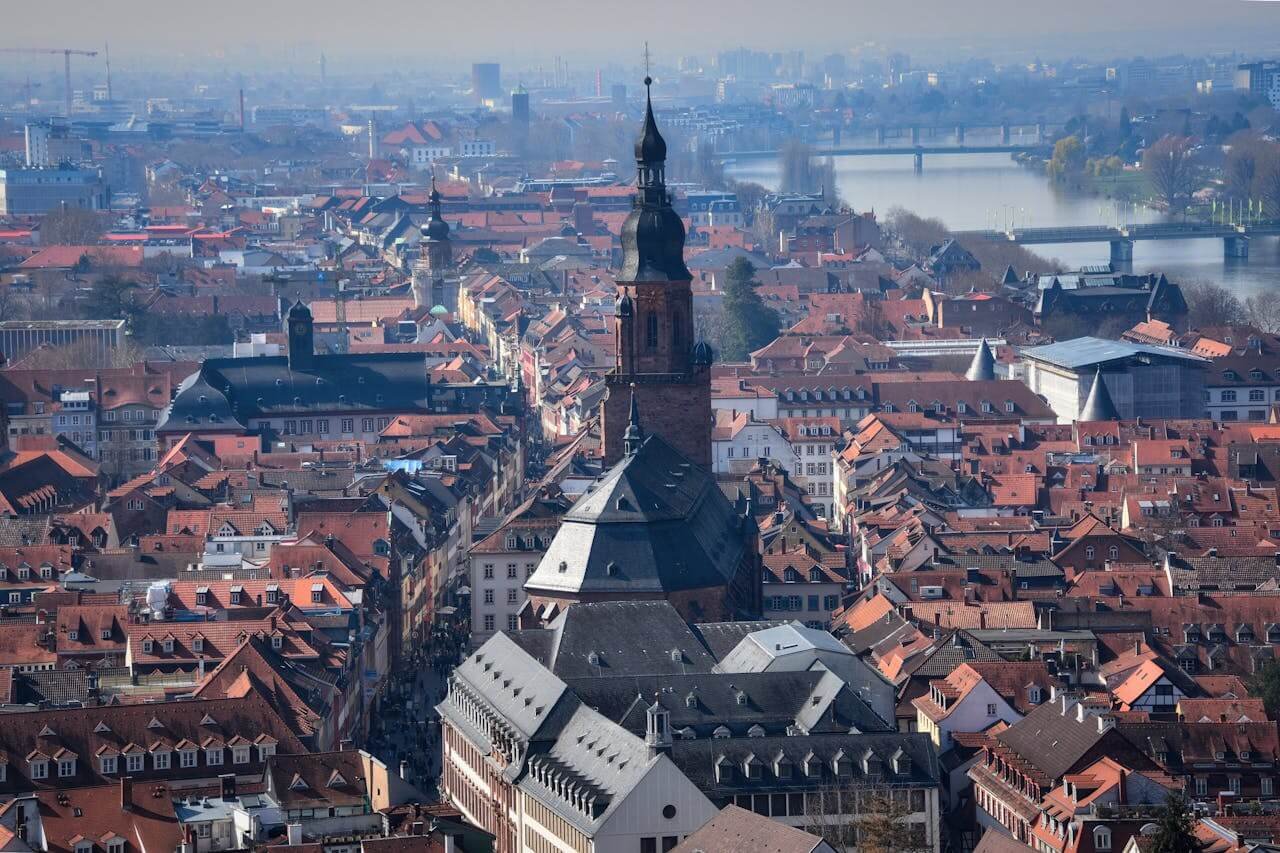Unveiling the cultural tapestry of Rome, Sant’Angelo Castle emerges as a must-visit for enthusiasts of history and art. From Emperor Hadrian’s visionary mausoleum to its Renaissance embellishments, this timeless marvel stands as a silent storyteller. Join us on a journey through the heart of Rome’s cultural richness at Sant’Angelo Castle – a sanctuary of power, resilience, and artistic splendor.
Save up to 50% and get your Sant’Angelo Skip-the-Line Entry & Optional Audio guide
A Brief History
Originally commissioned by Emperor Hadrian in the 2nd century AD as an imposing mausoleum for himself and his family, Sant’Angelo Castle has evolved over centuries, shaping its destiny from a solemn burial site to the formidable fortress and enchanting castle it stands as today.
As the years unfolded, Sant’Angelo Castle played a pivotal role in the ebb and flow of history. Its roots as a mausoleum transformed into a strategic fortress, offering refuge to popes during turbulent periods. Through the annals of time, its towering walls have borne witness to sieges, battles, and even served as a formidable prison.
As an example of major historical episode, that echoes through the centuries, symbolizing the complex interplay between political powers, the Catholic Church, and the broader context of European conflicts during the Renaissance period.
During the 1527 Sack of Rome,the castle served as a key defensive stronghold. Troops of the Holy Roman Empire, led by Charles V, laid siege to Rome, and the defenders within Sant’Angelo Castle faced intense pressure.
The siege resulted in the eventual surrender of the castle to the Imperial forces. The event marked a significant turning point in the Italian Wars and had repercussions for the Papal States. The Sack of Rome and the fall of Sant’Angelo Castle contributed to the decline of Renaissance papal power and the shifting geopolitical landscape in Italy.
Today, Sant’Angelo Castle is more than a historic relic; it’s a vibrant cultural space. No longer a fortress, it now hosts exhibitions that bring history to life. Step inside to discover artifacts and treasures that tell the tale of Rome’s captivating past.

Architecture and Design
Approaching Sant’Angelo Castle is like stepping into a storybook of ancient wonders. Its majestic cylindrical form, standing tall and proud, is adorned with statues that seem to hold the castle’s secrets. This isn’t just a building; it’s a masterpiece of Roman engineering, blending the charm of ancient times with the elegance of the Renaissance.
Climbing up the spiral ramparts is a treat for the eyes. The reward? Panoramic views of Rome that will leave you breathless.
Inside the castle, you’ll find a treasure trove of history – frescoes, intricate decorations, and ancient artifacts that whisper tales of opulence and cultural richness from times long past.


The Bridge of Angels by Bernini
Connected to the castle is the enchanting Ponte Sant’Angelo, also known as the Bridge of Angels. Each statue exudes ethereal beauty, adding a touch of magic to the bridge and making every stroll across it a truly enchanting experience.
Construction of the bridge began in 134 AD and was completed in 139 AD. Since then, the bridge has had multiple forms, but sculptures were added during the 17th century.
Pope Clement IX commissioned the renowned Baroque artist Gian Lorenzo Bernini to create ten angelic sculptures to adorn the bridge. The work was later carried out by Bernini’s talented apprentices, including his student Antonio Raggi and others. The sculptures were completed and installed between 1667 and 1669, contributing to the bridge’s transformation into the artistic and iconic structure we see today.


Angel with the Garment and Dice
My favorite one on Ponte Sant’Angelo bridge is Angel with the Garment and Dice. This specific angel holds the garments of Christ, as well as the dice that were used by Roman soldiers during the Crucifixion to determine who would take possession of Jesus’ seamless robe.
The symbolism behind this sculpture is deeply rooted in Christian iconography related to the Passion of Christ. The garments and dice represent the events surrounding the Crucifixion, a pivotal moment in Christian theology. The inclusion of such detailed and symbolic elements in the sculpture serves to visually convey and commemorate the narrative of Christ’s suffering and the events leading up to the Crucifixion.
Bernini’s masterful craftsmanship and the intricate symbolism of each angelic sculpture contribute not only to the artistic beauty of Ponte Sant’Angelo but also to the spiritual and religious atmosphere surrounding the bridge. Each angel on the bridge represents an instrument of the Passion, collectively creating a poignant visual representation of the Christian narrative.

Where to see Bernini’s works and more?
In Borghese Gallery you can find Bernini’s sculptures of David, Apollo and Daphne, and The Rape of Proserpina. Highly recommend to book a ticket ahead.
Bernini made substantial contributions to St. Peter’s Basilica, including the monumental baldachin over the high altar and the design of the square in front of the basilica.
In Capitoline Museums you also can see Bernini’s works like Bust of Medusa and others. Book a private guided tour to learn more about Capitoline museums.
Santa Maria del Popolo church hosts Bernini’s “Habakkuk and the Angel” as part of the Chapel of the Angel.
Inside Santa Maria della Vittoria you’ll find Bernini’s famous sculpture, “The Ecstasy of Saint Teresa,” a masterpiece that captures the intensity of the saint’s spiritual experience.
The Fountain of the Four Rivers in Piazza Navona is another of Bernini’s notable works. The fountain represents the four major rivers of the four continents where the papal authority had spread. Explore more about Piazza Navona and the Stadium of Domitian with Underground Audio Guide Tour.
Conclusion
Discover the magic of Sant’Angelo Castle, a treasure trove of history and art. Stand in awe of its majestic architecture, witness panoramic views from its ramparts, and explore its opulent halls filled with tales of ancient Rome.
But the adventure doesn’t end there. Wander Rome’s streets to witness Gian Lorenzo Bernini’s artistry at sites like Galleria Borghese, St. Peter’s Basilica, and Piazza Navona. Marvel at sculptures and fountains that encapsulate the essence of the Baroque era.
In Rome, every step is a journey through time, a tale of triumphs and artistry. Plan your visit, immerse yourself in history, and let the eternal city weave its spellbinding stories around you.
Looking for more things to do in Rome? Read my post about 11 things to explore in Rome.




















